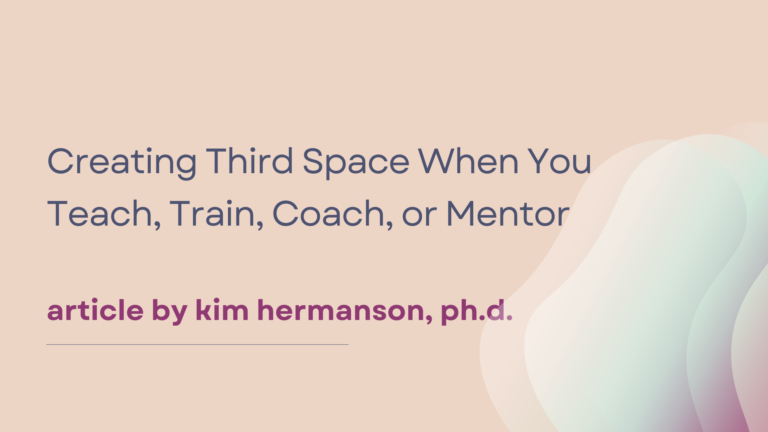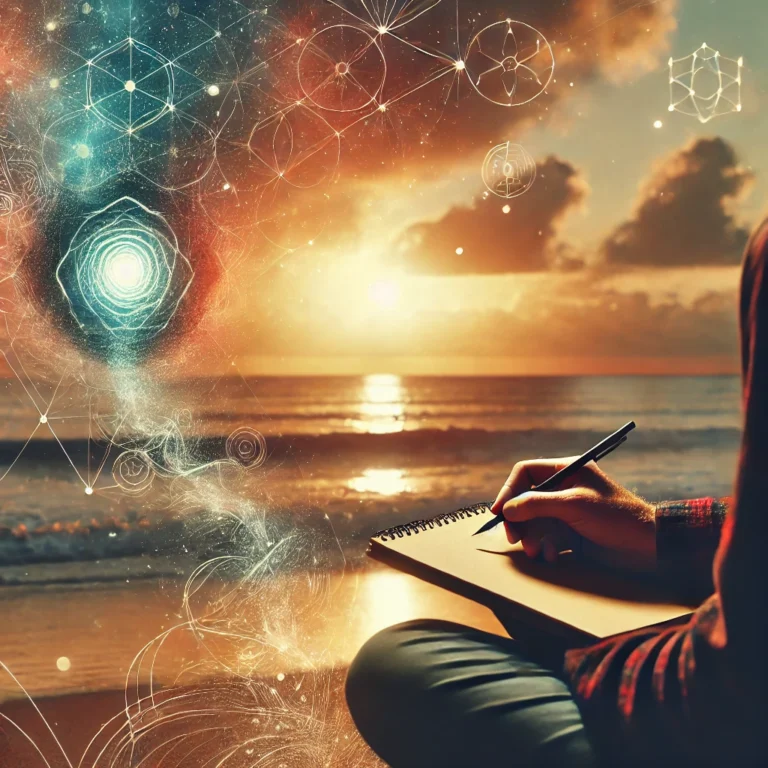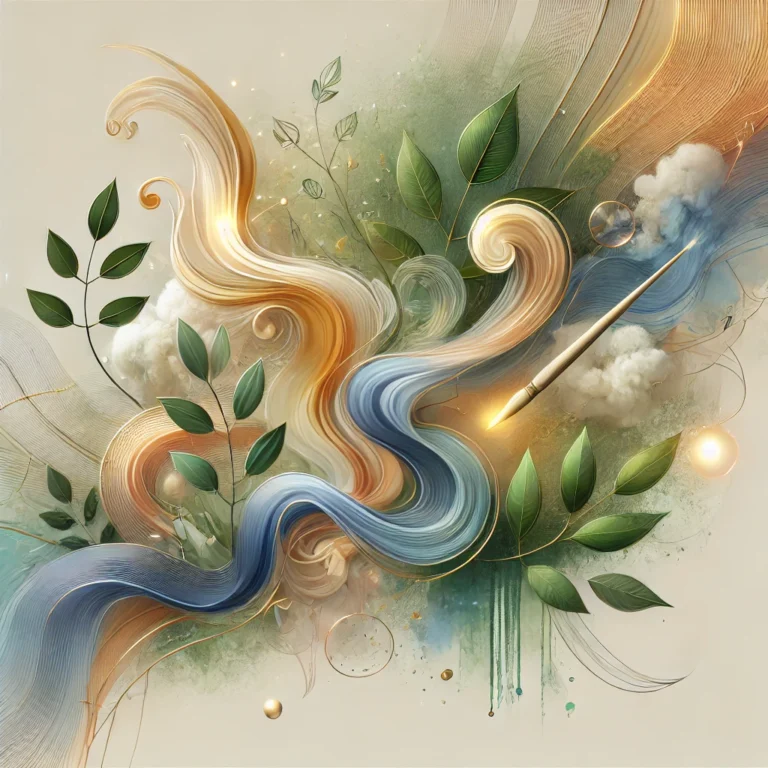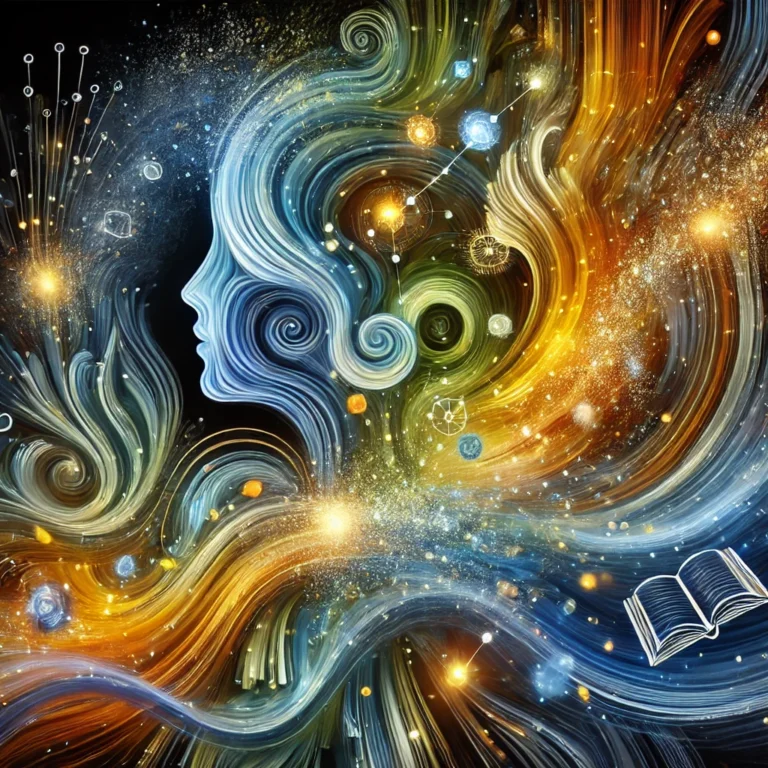Learning is a Conversation – Excerpt from Getting Messy
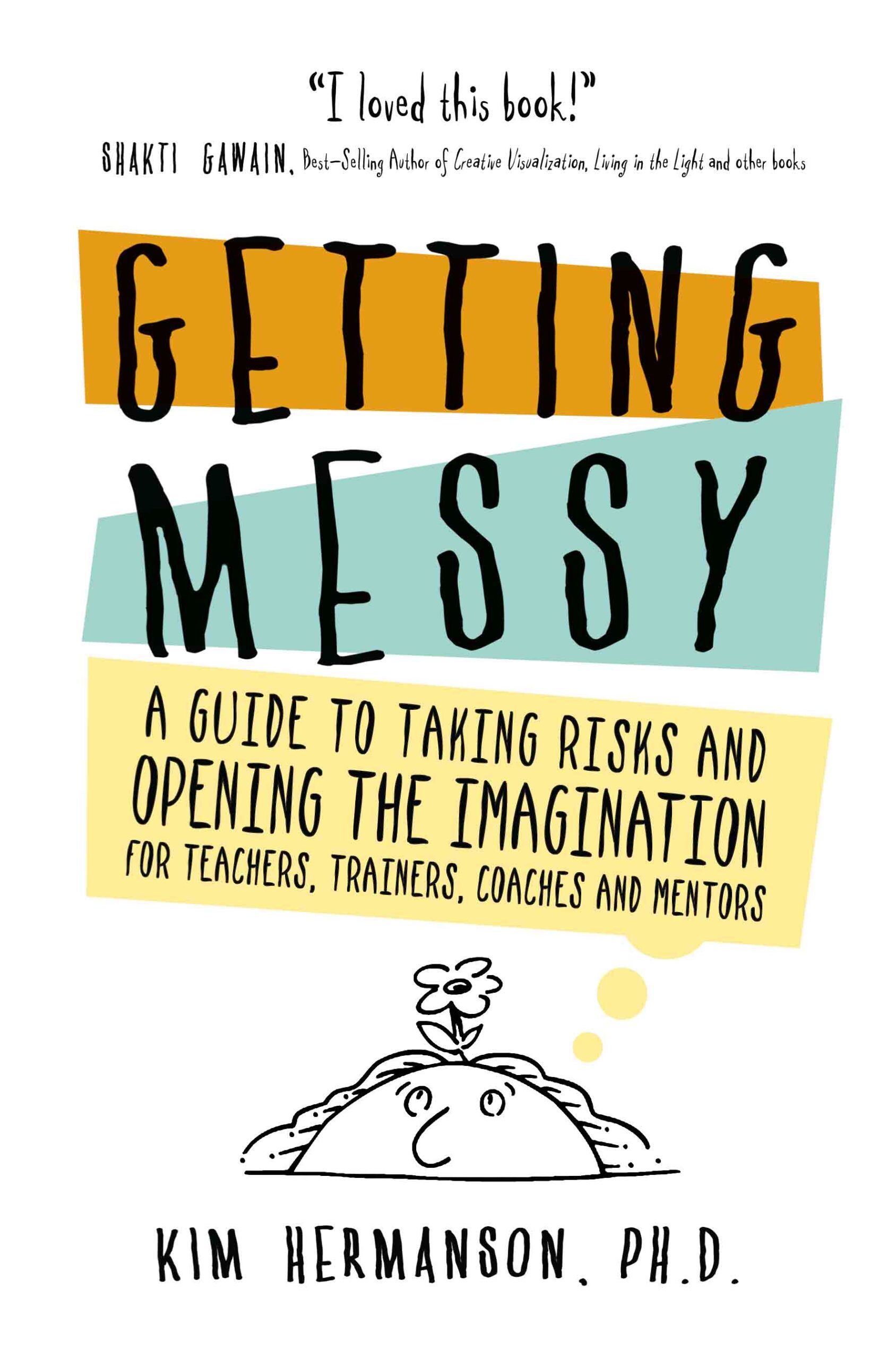
An excerpt from my book Getting Messy: A guide to taking risks and opening the imagination for teachers, trainers, coaches, and mentor
In the 1920s, Lincoln Steffans was a history student at the University of California Berkeley. As a freshman, he became engrossed in history and read everything he could find on the subject. It soon became clear to him, however, that these scholars of history did not agree. He discovered that history was not a set of facts set in stone. Rather, history was an ongoing conversation, a conversation in which he himself, as an undergraduate, could participate. He wrote,
What I had was a quickening sense that…every chapter of [history], from the beginning of the world to the end, is crying out to be rewritten. There was something for Youth to do…Maybe these professors, whom I greatly respected, did not know it all. I read these books over again with a fresh eye, with a real interest, and I could see that, as in history, so in other branches of knowledge, everything was in the air. (quote found in Danielle Lafrance’s Berkeley! A Literary Tribute.)
We can only really know something by forming our own relationship with it. You can read a book on a particular topic and pick up various pieces of information, but the material will not come alive for you unless you develop a personal relationship with it—a relationship that inspires your own questions and responses. This is when learning becomes expansive. We don’t know what this relationship is going to hold for us and we don’t know how it’s going to shift and change over time. In the process of developing this connection, we uncover our values and beliefs, which in turn shape our perceptions and subsequent learning. We also discover this particular topic’s questions and areas of debate, footholds where we are most likely to want to participate in the conversation.
In I and Thou, Martin Buber wrote, “All real living is meeting” and that is true when we learn. Learning happens when we form a relationship with the thing we are seeking to understand. In Buber’s words, we cannot “have” the ocean, we cannot have any thing—but we can engage in relationships in this world. We can enter into a closeness with other people and with things, and this relationship with “other” is what is transformative. There is a sacredness in this relationship, in this “space between” us and our subject.
What is required when we teach in dynamic, continually-changing environments, environments where we are working entirely with the mystery of human nature?
My approach is to be a learner, and just as Lincoln Steffans discovered in the example above, learning is a conversation. Learning happens when we move out of our individual bubbles to participate and interact with something outside of ourselves. Then we step back “in” to reflect on our experience. Breathing occurs in the same manner: in-breath, out-breath, in-breath, out-breath. As we move forward, taking steps out and in, we begin to develop our own relationship with the topic. In this book, we are exploring what it means to be teachers and learners—in both cases, we ask questions, test them in action, and then go back in to reflect on what has occurred. In-breath, out-breath, in-breath.
The educator and philosopher John Dewey wrote that learning is a venture into the unknown that always involves risk. It requires courage, vulnerability, a degree of humility, and the willingness to be present to the unfolding. We may not know how to respond to some particular thing, but we are willing to learn.
Excerpted from Getting Messy: A Guide to Taking Risks and Opening the Imagination for Teachers, Trainers, Coaches and Mentors © Rawberry Books Publisher.
